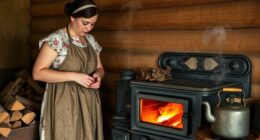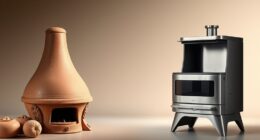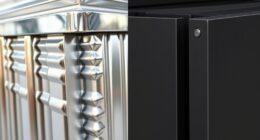If you have a home with a wood stove that is meant to be airtight but are experiencing smoke filling your space, do not worry. I have collected all the information you need to help solve this issue.
In this article, we will delve into the common causes of smoke in airtight wood stoves, explore the impact of improper installation, and discuss draft issues that lead to smoke backflow.
With some maintenance tips and troubleshooting advice, we will ensure your wood stove no longer smokes up your house.
Key Takeaways
- Common causes of smoke in airtight wood stoves include clogged or dirty chimneys, wet or unseasoned wood, lack of maintenance, and damaged or blocked stovepipes.
- Improper installation can lead to increased smoke output, with factors such as insufficient clearance, incorrect chimney size or height, improperly installed dampers, faulty stovepipe connections, and lack of insulation around the stove.
- Draft issues and smoke backflow can occur due to insufficient chimney height, incorrect chimney sizing, obstructions in the chimney, and malfunctioning dampers. Consideration of a draft inducer fan may help improve airflow.
- Regular maintenance practices such as chimney cleaning, inspection of stovepipes, proper wood storage and seasoning, checking gaskets and seals, and cleaning air vents and dampers can help prevent smoke build-up. Troubleshooting techniques include ensuring proper ventilation and airflow, regular cleaning and inspection of the chimney, use of properly seasoned wood, monitoring and adjusting air intake, and seeking professional help if issues persist.
Common Causes of Smoke in Airtight Wood Stoves
Why is my airtight wood stove smoking even though I just cleaned it? There could be a few reasons for this issue.
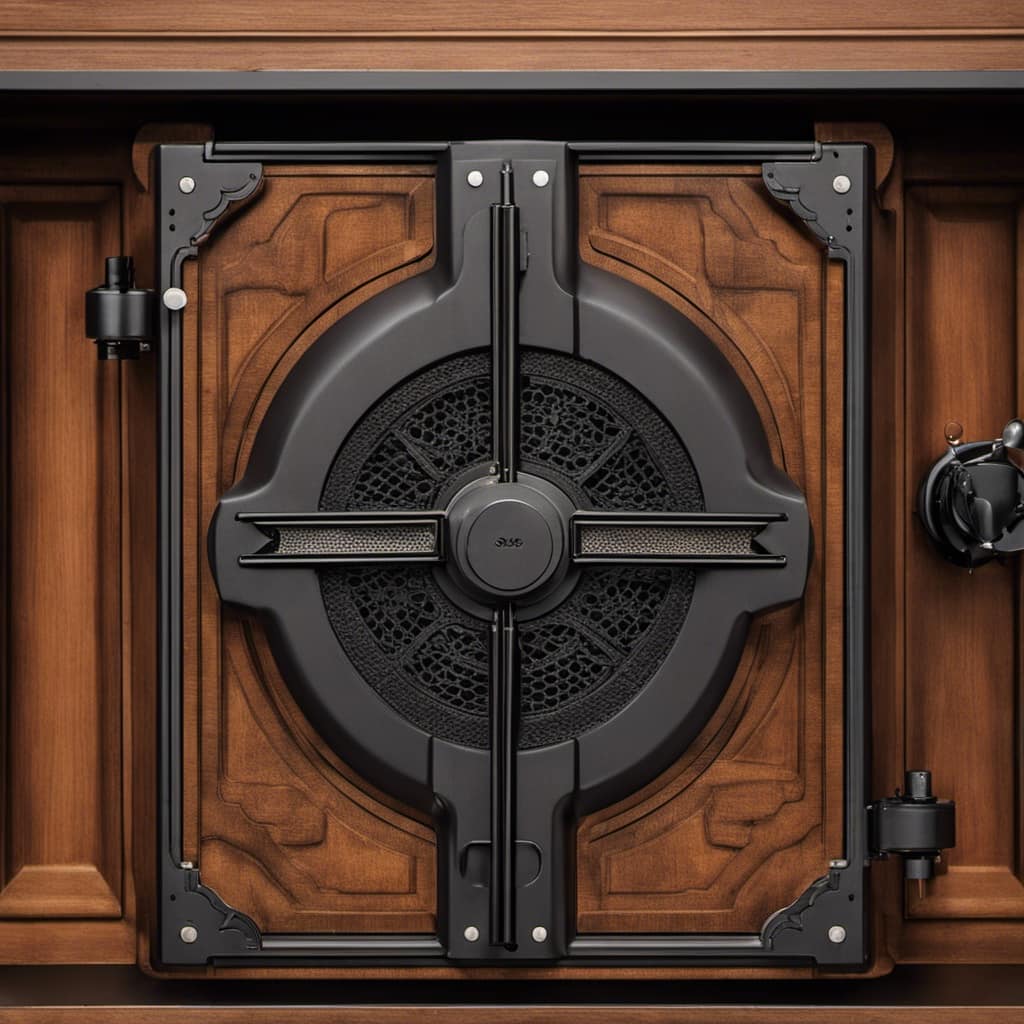
Firstly, chimney cleaning plays a crucial role in preventing smoke buildup. Even if you clean the stove, if the chimney is clogged or dirty, it can restrict the airflow and cause smoke to enter the room. Make sure to regularly clean and inspect the chimney to avoid this problem.
Secondly, the quality of wood you’re using can also affect how much smoke is produced. Wet or unseasoned wood tends to create more smoke compared to dry and well-seasoned wood. It’s important to properly dry and store your wood before using it in the stove to minimize smoke production.
Improper Installation and Its Impact on Smoke Output
I recently noticed that improper installation of my wood stove has significantly increased the smoke output in my house. It’s important to understand that installation errors can have a direct impact on the performance of your wood stove, particularly when it comes to smoke ventilation.
One common mistake isn’t providing enough clearance between the stove and combustible materials. This can lead to restricted airflow, causing the smoke to backflow into the room instead of being properly vented out.
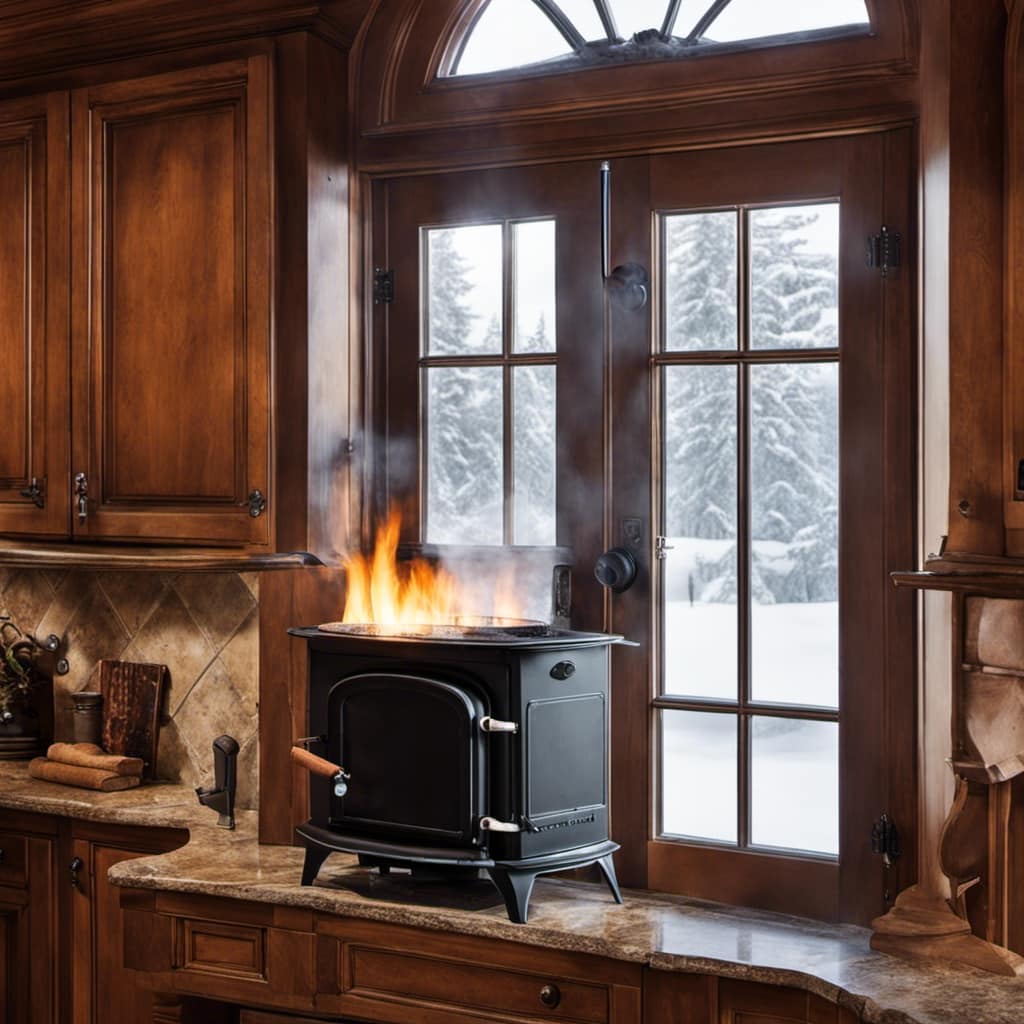
Another issue is improper chimney installation, such as using the wrong size or height. This can create draft issues, preventing the smoke from being efficiently expelled.
Understanding these installation errors and their impact on smoke ventilation is crucial for ensuring a well-functioning wood stove and a smoke-free home.
Now, let’s delve into the topic of understanding draft issues and smoke backflow.
Understanding Draft Issues and Smoke Backflow
While researching the causes of smoke backflow, I discovered that draft issues can occur due to insufficient chimney height or incorrect sizing. Draft troubleshooting is essential to prevent smoke from filling up your house when using an airtight wood stove.
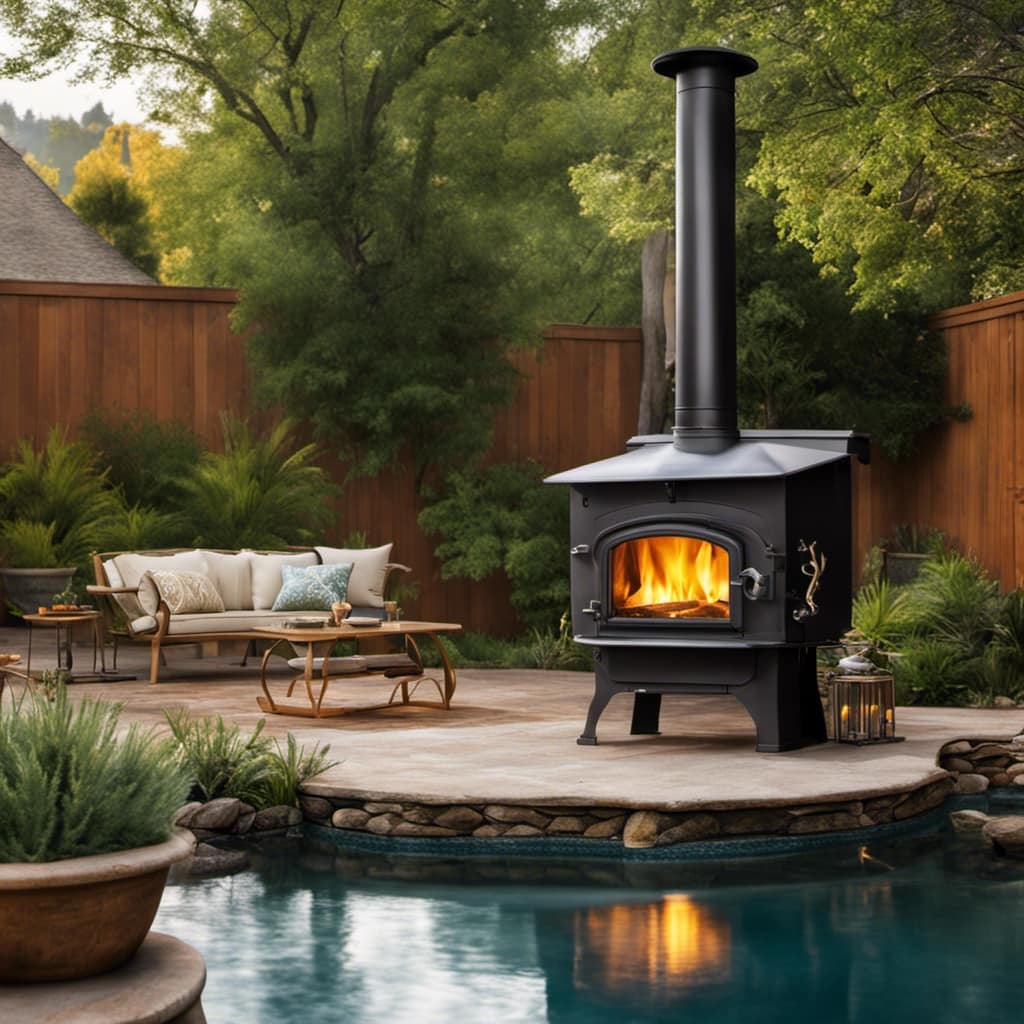
Here are some smoke prevention tips to consider:
- Ensure your chimney is tall enough to provide sufficient draft.
- Make sure the chimney is properly sized for your wood stove.
- Check for any obstructions in the chimney, such as debris or animal nests.
- Inspect the damper to ensure it’s functioning correctly.
- Consider installing a draft inducer fan to improve airflow.
By addressing these draft issues, you can significantly reduce the chances of smoke backflow and enjoy a clean and efficient wood stove experience.
Now, let’s move on to maintenance tips to prevent smoke build-up.
Maintenance Tips to Prevent Smoke Build-Up
I’ve found that regularly cleaning the chimney and inspecting the stovepipe can help prevent any smoke build-up in your wood stove.
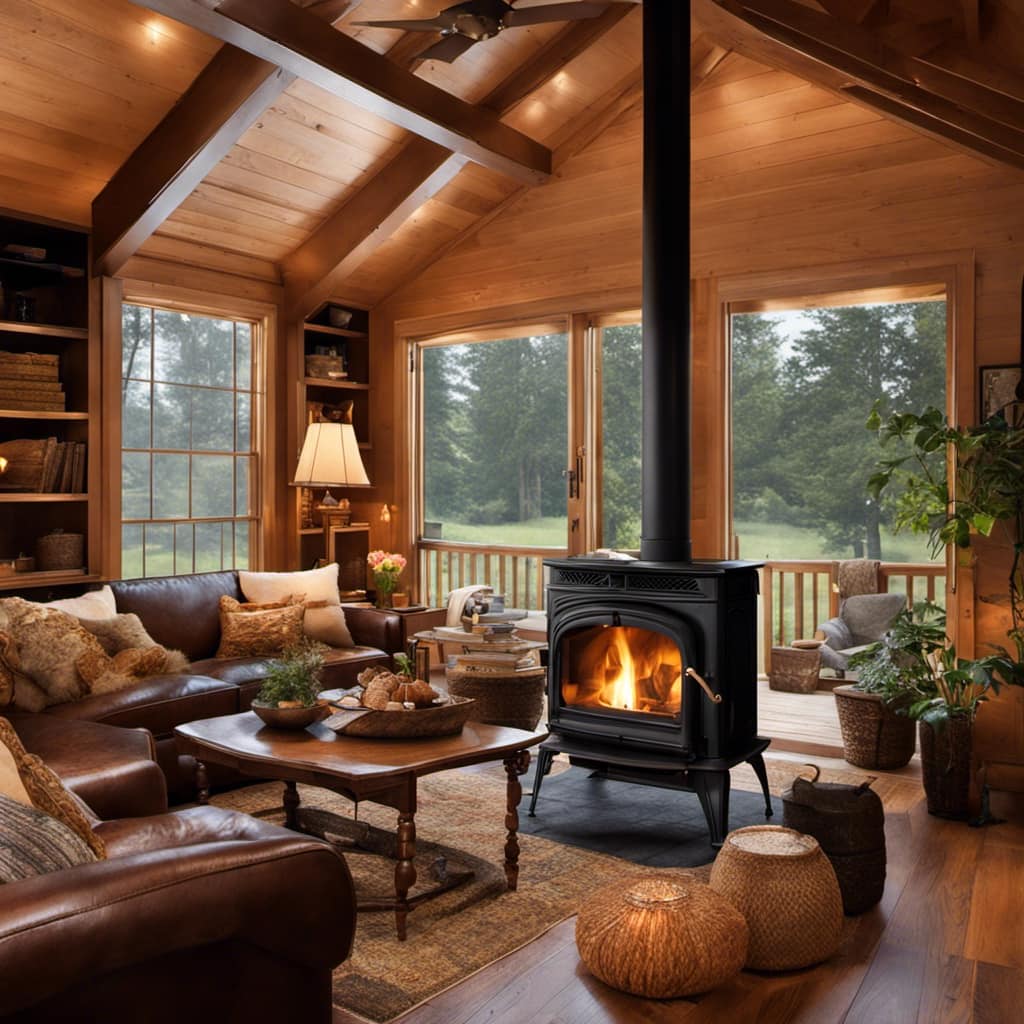
Wood stove cleaning and chimney maintenance are crucial in ensuring proper functioning and preventing smoke issues. Over time, creosote and soot can accumulate in the chimney, reducing the airflow and causing smoke to backflow into your home. By cleaning the chimney at least once a year, you can remove any debris and improve the draft efficiency.
Additionally, inspecting the stovepipe for any blockages or damage is essential. A clear and intact stovepipe allows the smoke to flow smoothly out of the stove and up the chimney.
By following these maintenance tips, you can reduce the chances of smoke build-up and ensure a more enjoyable wood stove experience.
Now, let’s move on to troubleshooting smoke issues in airtight wood stoves.

Troubleshooting Smoke Issues in Airtight Wood Stoves
My main concern when troubleshooting smoke issues in airtight wood stoves is identifying the root cause of the problem. There are several potential reasons why a wood stove may be causing smoke to fill your house. It could be due to poor ventilation, a blocked or dirty chimney, or improper burning techniques.
To address these issues, here are some key points to consider:
-
Ensure proper ventilation: Make sure your stove is properly connected to a chimney or flue system, and that there are no obstructions blocking the airflow.
-
Clean the chimney: Regularly clean and inspect your chimney to remove any creosote buildup or debris that may be obstructing the smoke flow.
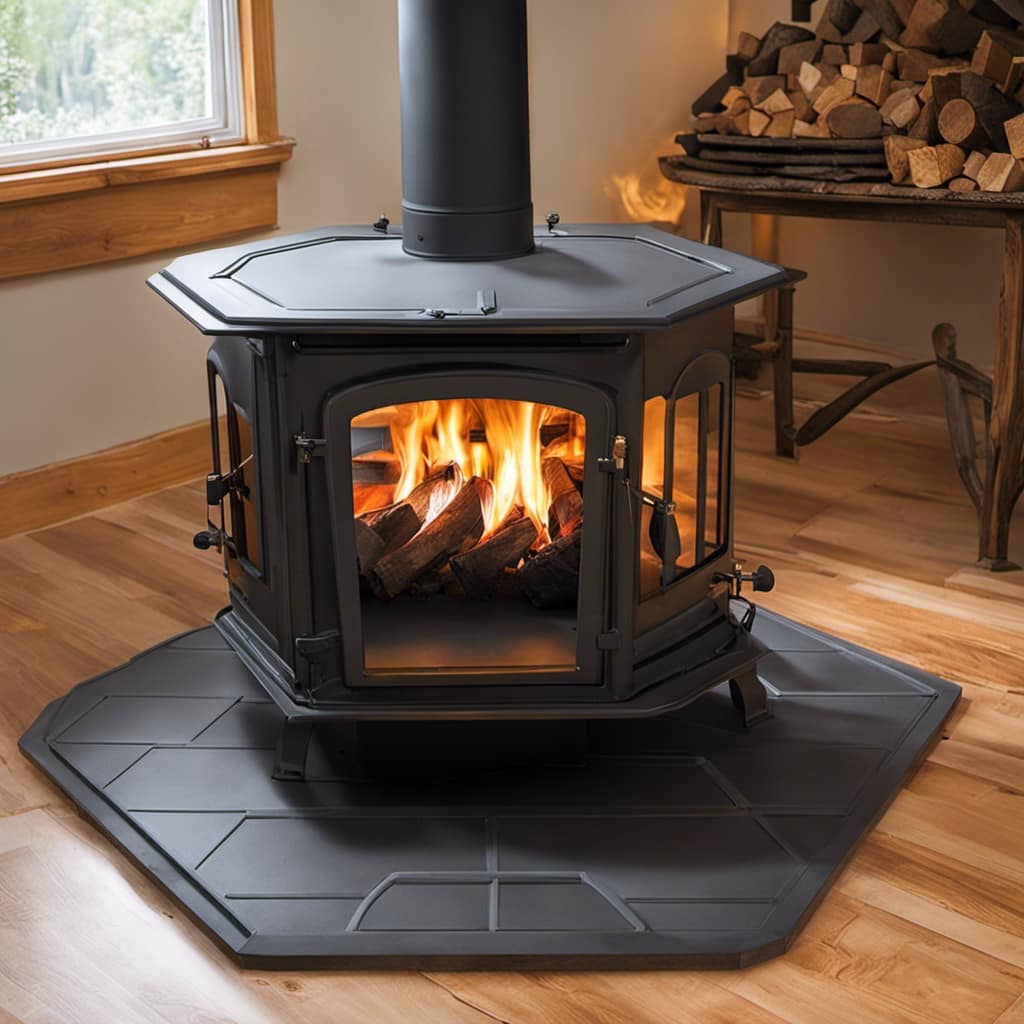
-
Burn properly seasoned wood: Use dry, seasoned wood to ensure efficient combustion and minimize smoke production.
-
Monitor air intake: Adjust the air intake to optimize the combustion process and reduce smoke emissions.
-
Seek professional help: If the issue persists, it may be necessary to consult a professional to diagnose and fix the problem.
Conclusion
In conclusion, it’s important to understand the common causes of smoke in airtight wood stoves and how to prevent smoke build-up.
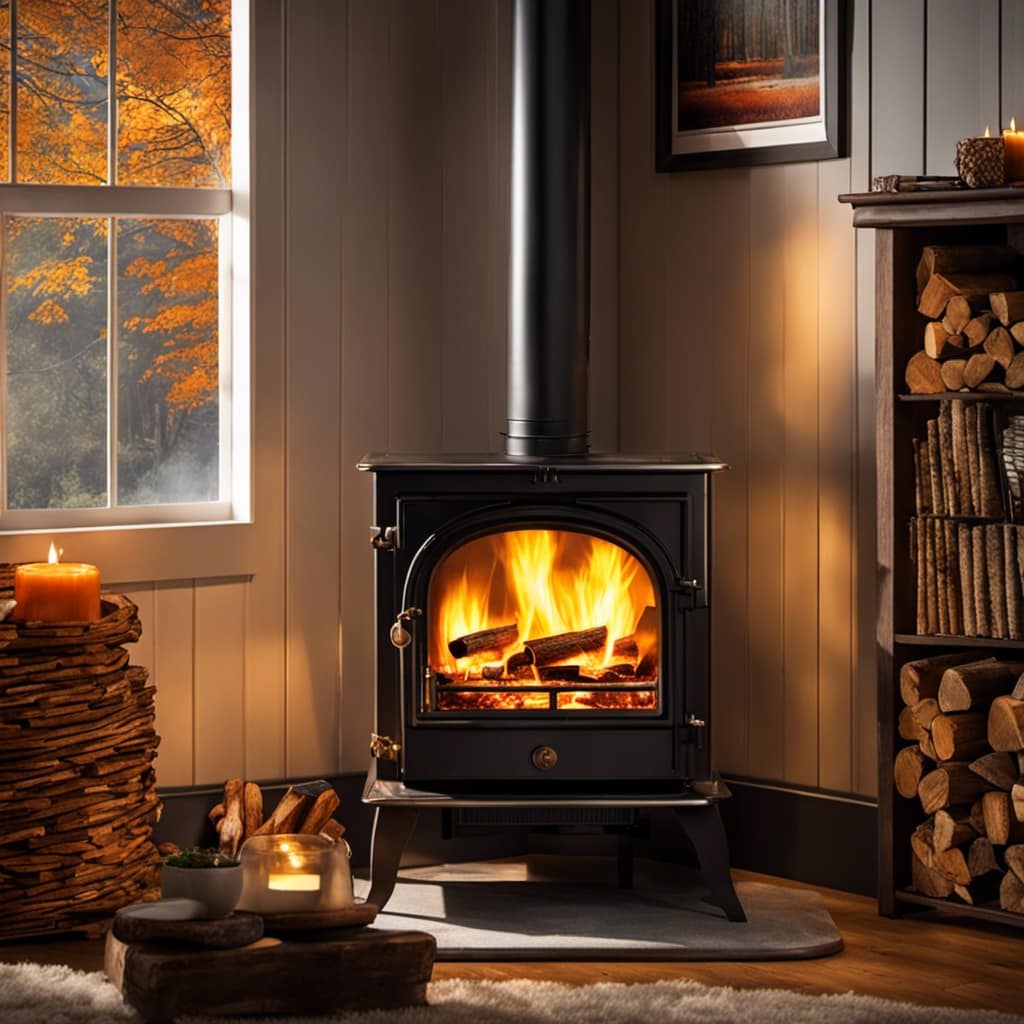
Improper installation and draft issues are often to blame for smoke backflow into the house. Regular maintenance and troubleshooting can help mitigate these issues.
By addressing these factors, homeowners can enjoy the benefits of a properly functioning wood stove without the inconvenience and health risks of smoke in their homes.
Growing up surrounded by the vast beauty of nature, Sierra was always drawn to the call of the wild. While others sought the comfort of the familiar, she ventured out, embracing the unpredictable and finding stories in the heartbeat of nature.
At the epicenter of every remarkable venture lies a dynamic team—a fusion of diverse talents, visions, and passions. The essence of Best Small Wood Stoves is crafted and refined by such a trio: Sierra, Logan, and Terra. Their collective expertise has transformed the platform into a leading authority on small wood stoves, radiating warmth and knowledge in equal measure.








